Tech
Sign up for our newsletter
We summarize the week's scientific breakthroughs every Thursday.
-
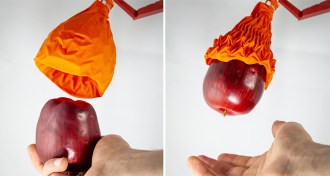 Tech
TechAn origami design helps this robot lift delicate and heavy cargo
Fragile items, such as soft fruits, as well as heavier goods are in safe hands with a new robotic gripper.
-
 Science & Society
Science & SocietyNine companies are steering the future of artificial intelligence
In ‘The Big Nine,’ futurist Amy Webb explores the political and economic factors that are shaping artificial intelligence.
-
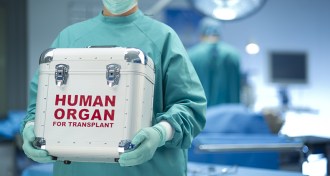 Health & Medicine
Health & Medicine50 years ago, doctors lamented a dearth of organ donors
Fifty years ago, surgeons’ supply of heart donations was woefully low.
-
 Physics
PhysicsJapan puts plans for the world’s next big particle collider on hold
The jury is still out on whether Japan will host the world’s first “Higgs factory” — the International Linear Collider.
-
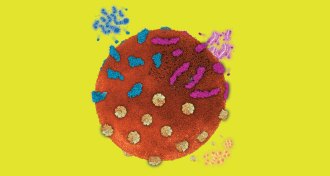 Health & Medicine
Health & MedicineNanosponges sop up toxins and help repair tissues
Nanoparticles coated with blood cell membranes can move through the body to clean up toxins or heal tissues — without instigating an immune reaction.
-
 Health & Medicine
Health & MedicineWireless patches can comfortably monitor sick babies’ health
New skin sensors that wirelessly transmit health data could offer a less invasive way to keep tabs on newborns in the neonatal intensive care unit.
-
 Artificial Intelligence
Artificial IntelligenceWhy a data scientist warns against always trusting AI’s scientific discoveries
Artificial intelligence that helps make scientific discoveries needs to get better at admitting its uncertainty, Genevera Allen says.
-
 Chemistry
ChemistryWhy some Georgia O’Keeffe paintings have ‘art acne’
Tiny protrusions are from chemical reactions in the paint, say scientists who developed an imaging method that could help curators track the knobs.
By Jeremy Rehm -
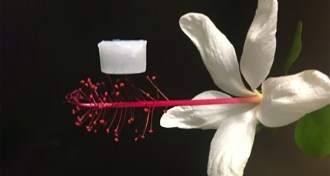 Materials Science
Materials ScienceA new insulation material is practically weightless yet still durable
Extreme heat and temperature swings are no match for this lightweight insulator.
-
 Tech
TechA new 2-D material uses light to quickly and safely purify water
A newly designed material uses only light to speedily remove 99.9999 percent of microbes from water.
By Jeremy Rehm -
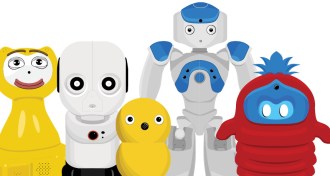 Tech
TechRobots are becoming classroom tutors. But will they make the grade?
Educational robots show promise for helping kids in the classroom or at home, but researchers are still figuring out how these bots should behave.
-
 Artificial Intelligence
Artificial IntelligenceReaders marvel at AI, space missions and wombat poop
Readers had comments and questions about defining artificial intelligence, the New Horizons space mission and more.